Apple iPhone 12 Pro Vs. Samsung Galaxy Note 20: Face Off
The CRN Test Center puts Apple’s new iPhone 12 Pro head-to-head against Samsung’s latest Galaxy Note smartphone.
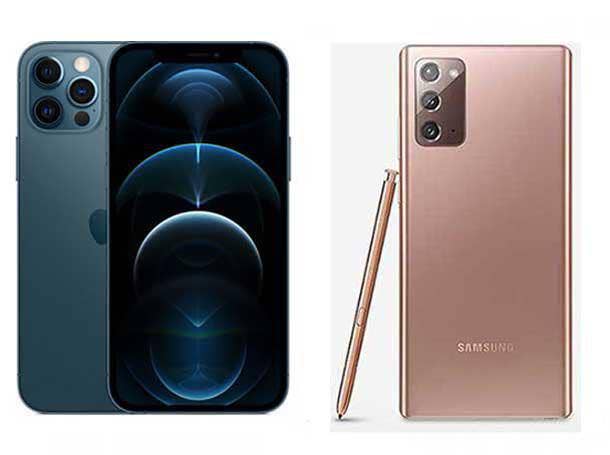
Head-To-Head
For users that are seeking professional-level cameras and other pro features in their smartphone, 2020 has been a very good year. Both Apple and Samsung have upped their game on their pro smartphone lineups, including with the launch of Apple’s new iPhone 12 Pro in October and Samsung’s Galaxy Note 20 in August. Both phones include a retooled and upgraded camera system, while the iPhone 12 Pro got a form factor redesign--making the device much boxier than the recent generations of curved-edge iPhones. The Galaxy Note 20, Samsung’s stylus-equipped phone for power users, got a number of major updates including some that business users will especially appreciate.
If you’re weighing your options for a pro-level smartphone, and you’ve narrowed down to an iPhone 12 Pro vs Galaxy Note 20 decision, which of the two devices is the best fit for your needs? Most likely you’ll want to compare the iOS and Android devices on features and specs--such as camera, battery life, display and performance--as well as comparing their pricing, of course. We cover all of that and more in the following slides for our Apple iPhone 12 Pro vs Samsung Galaxy Note 20 head-to-head comparison on specs, features and price.
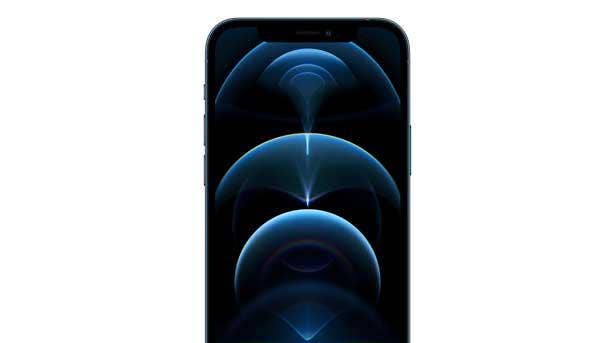
Display
The iPhone 12 Pro and Galaxy Note 20 are the smaller models in their respective pro smartphone lines from Apple and Samsung. But both are still pretty big by the standards of just a few years ago. And that brings us to the first major difference between the two phones in our face off: the Galaxy Note 20 is the much larger option, with a display measuring 6.7 inches diagonally. By contrast, the iPhone 12 Pro display is 9 percent smaller at 6.1 inches. Users looking for a lot of screen space may want to give serious consideration to the Note 20--which offers so much space in part to make it easier for taking handwritten notes with the included S Pen stylus.
Both phones rate high on display quality, offering vivid colors and brightness thanks to the inclusion of OLED display technology on each device. However, the iPhone 12 Pro offers the higher-res display with resolution of 2,532 x 1,170, or 460 pixels per inch (ppi). The display resolution on the Galaxy Note 20 comes in at 2,400 x 1,080, or 393 ppi.
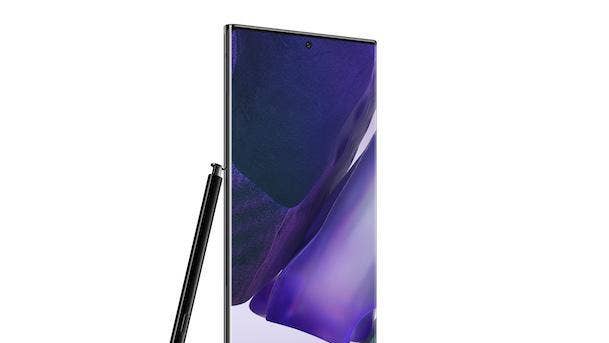
Connectivity
It’s been more than a year and a half since Samsung began regularly launching new smartphones with support for high-speed 5G connectivity. Apple, on the other hand, held off on enabling 5G support until its iPhone 12 release--with all four models in the series, including the iPhone 12 Pro, featuring 5G capabilities. That puts the iPhone 12 Pro on par with Samsung’s Galaxy Note 20, which--like a string of Galaxy phones before it--comes with 5G by default. (Side note: The arrival of 5G iPhones isn’t necessarily a bad thing for Samsung. That’s because Apple “really helped drive 4G when it adopted the technology, and I expect the same here,” said Lynnette Luna, principal analyst at research firm GlobalData Technology.)
In terms of 5G service, the Galaxy Note 20 and the iPhone 12 Pro will both offer support for the two major varieties of 5G. Those include the more widely available version, known as sub-6GHz, and the less-widespread but higher-speed version of 5G, known as mmWave (millimeter-wave).
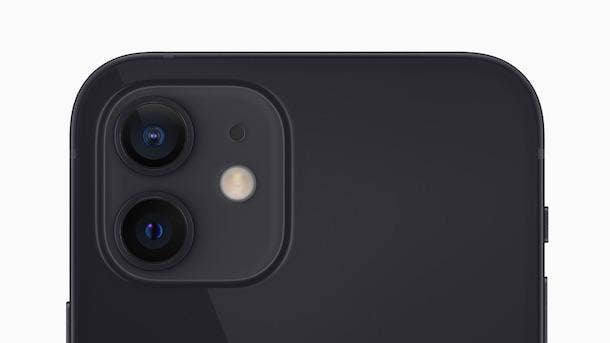
Camera
The centerpiece of the “pro” features on both the Galaxy Note 20 and iPhone 12 Pro is undoubtedly the camera system. Both devices feature a triple rear camera setup, but the two camera systems diverge from there. The Note 20 offers a 64-megapixel telephoto camera in addition to two 12-megapixel rear cameras (wide-angle and ultra-wide). The cameras also enable up to 3X optical and up to 30X digital zoom.
In terms of other capabilities, the Note 20 camera system offers optical image stabilization and key features such as night mode, scene optimizer, shot suggestions, flaw detection and live focus. The Note 20 camera also offers the “Single Take” feature, which automatically captures photos and videos using several modes at once—and then lets users later decide which images and videos they want from a gallery of options.
For the iPhone 12 Pro, the triple rear camera setup includes 12 megapixels on each camera—a system consisting of a new wide camera as well as telephoto and ultra-wide cameras. The new wide camera stands out by offering an enhanced ƒ/1.6 aperture that serious photographers should appreciate. Other pro-level features include Dolby Vision HDR video recording, a new image signal processor for improving photo quality and a LiDAR scanner (for providing faster autofocus in Night Mode and better augmented reality experiences). The device also includes a large sensor on its wide camera--enabling better photos in low light—and up to 4X optical zoom or 10X digital zoom. Camera research firm DxOMark is siding with Apple, giving its fourth-highest rating ever for smartphone cameras to the iPhone 12 Pro camera system. While the Galaxy Note 20 camera is not specifically reviewed by the DxOMark, the firm gave a much lower rating to the Galaxy Note 20 Ultra camera even with its higher-end camera setup than the Note 20.
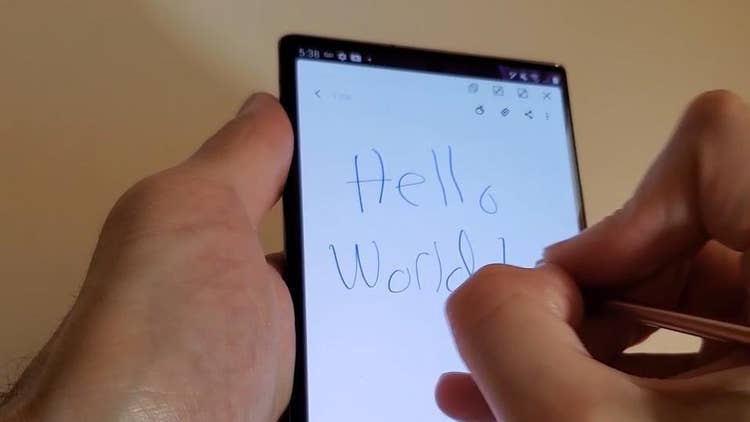
Special Features
As mentioned, one of the biggest differences between these two devices is that the Galaxy Note 20 comes with its own stylus, the S Pen. And there are some notable improvements this time around. For one thing, Samsung has significantly reduced the latency for the stylus on the Note 20, allowing it to feel much more like a pen writing on paper now.
Additionally, in the Notes App on the Note 20, the stylus can now be used to annotate PDF files, which can also be imported directly into the app. Meanwhile, Samsung has added to the “air actions” that are available via gestures with the stylus. Air actions that are enabled with the S Pen now include home, move forward, move backward, recent app and screen capture.
The iPhone 12 Pro has a unique and useful feature of its own, as well. For the entire iPhone 12 series, Apple has included the ability to use magnetically attachable MagSafe accessories. The accessories are able to snap onto the back of the iPhone 12 Pro, as a new method for wireless charging.
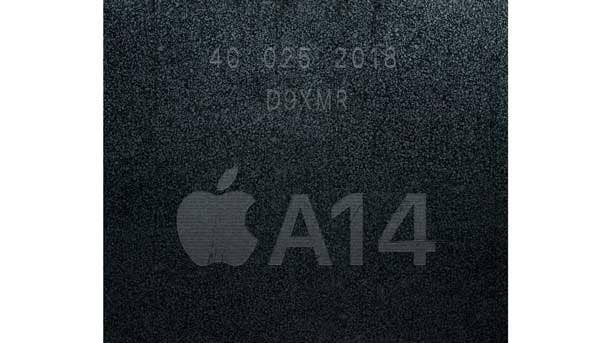
Processor And RAM
Powering the iPhone 12 Pro is the A14 Bionic chip, which features a six-core CPU—and which Apple is touting as the “fastest chip in a smartphone.” CPU performance can reach as much as 50-percent faster speeds than “the fastest competing smartphone chips,” Apple said.
Initial Geekbench 5 benchmark scores reported online do signal that the A14 Bionic provides a performance advantage for the iPhone 12 Pro over the Galaxy Note 20, which is powered by Qualcomm’s Snapdragon 865 Plus processor. The eight-core chip brings a 10-percent increase to its clock speed over the prior version, the Snapdragon 865. For the Snapdragon 865 Plus, the clock speed registers at 3.1 GHz, making it the first mobile chip to surpass 3 GHz.
The Galaxy Note 20 also compensates by including 8 GB of RAM, above the reported 6 GB of RAM for the iPhone 12 Pro.
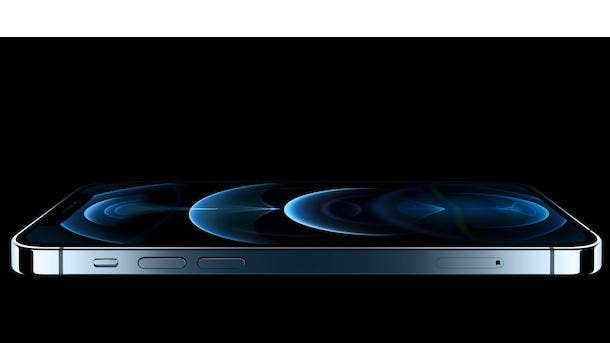
Battery Life, Storage And Durability
Comparing the battery life of these two phones is a challenge. Apple promises up to 17 hours of video playback for the iPhone 12 Pro. But Samsung doesn’t want to make any promises on battery life for the Galaxy Note 20. Instead, Samsung points to the inclusion of a large battery—with a capacity of 4,300 mAh—as proof of the Note 20’s battery life potential.
For storage, the iPhone 12 Pro offers a choice between 128 GB, 256 GB or 512 GB of internal storage. The Galaxy Note 20 is available only with 128 GB of internal storage.
On durability, the iPhone 12 Pro gets a new “Ceramic Shield” material to enhance the durability of its display. The phone also comes with a water resistance rating that covers submersion into a depth of nearly 20 feet for a half hour. The Galaxy Note 20 and S Pen also offer water resistance for as much as a 30-minute plunge, though it’s to a depth of about 5 feet.

Price
Since both devices in our comparison have starting prices that take into account the same amount of storage, 128 GB, the iPhone 12 Pro vs Galaxy Note 20 price comparison is fairly straightforward. And making it even more straightforward are the prices themselves. Both the iPhone 12 Pro price and Galaxy Note 20 pricing are the same: $999. Well technically, the Note 20 is priced 99 cents higher at $999.99. So if you are deciding between Apple’s new iPhone 12 Pro and Samsung’s Galaxy Note 20, you’ll have to base your decision on something other than price. The Note 20 offers a much larger display, a stylus and more RAM, while the iPhone 20 Pro features a faster processor, improved durability and a greater number of storage options. Both come with support for 5G service and have some unique camera capabilities to offer. For many pro users who are looking to get a new smartphone that will aid their career, or their art, or both, the decision may also revolve around the operating system, since iOS and Android are certainly very different in some respects. That’s beyond the scope of this comparison, but you can never discount the value of familiarity with one operating system over another when buying a new device.